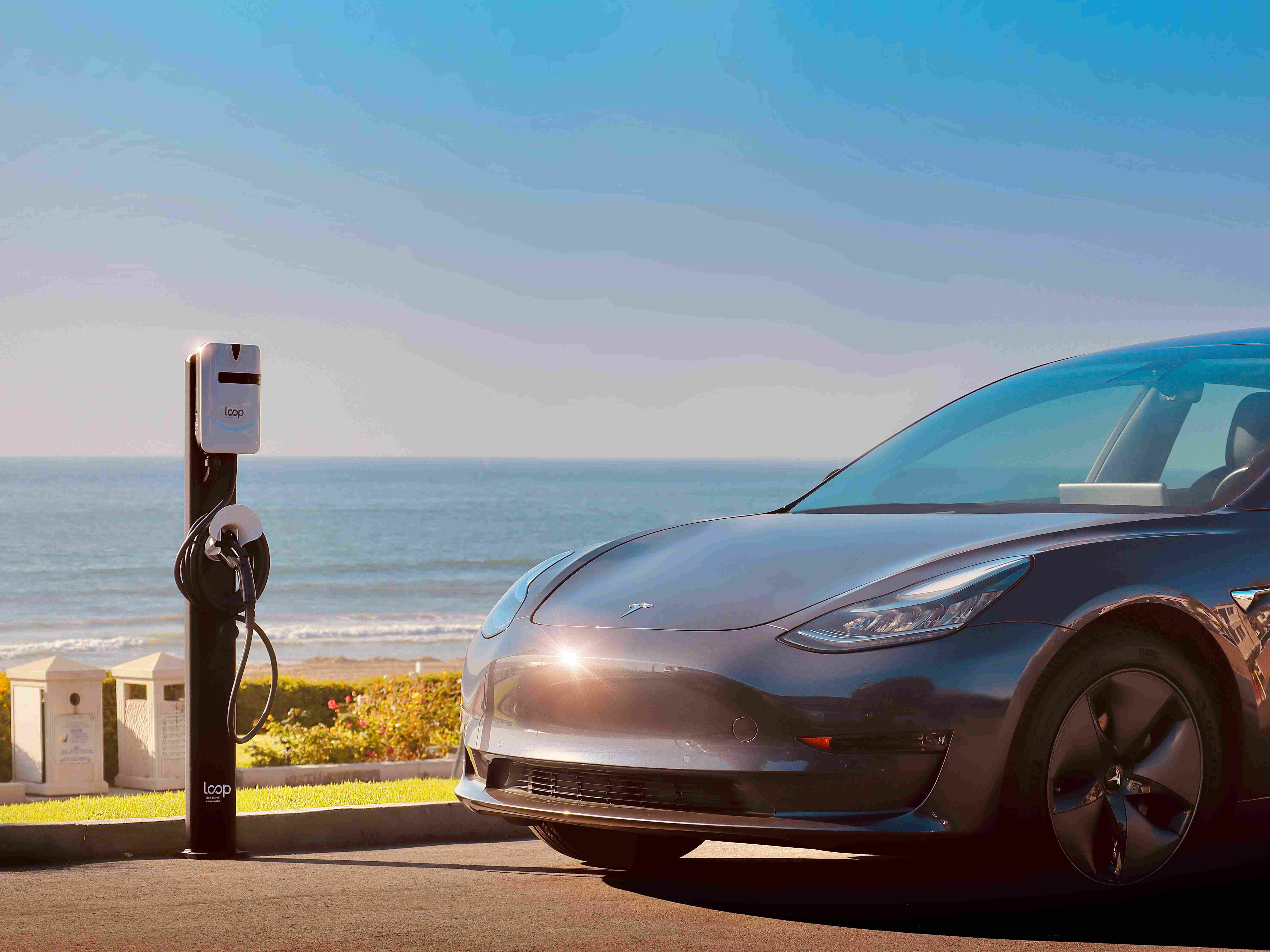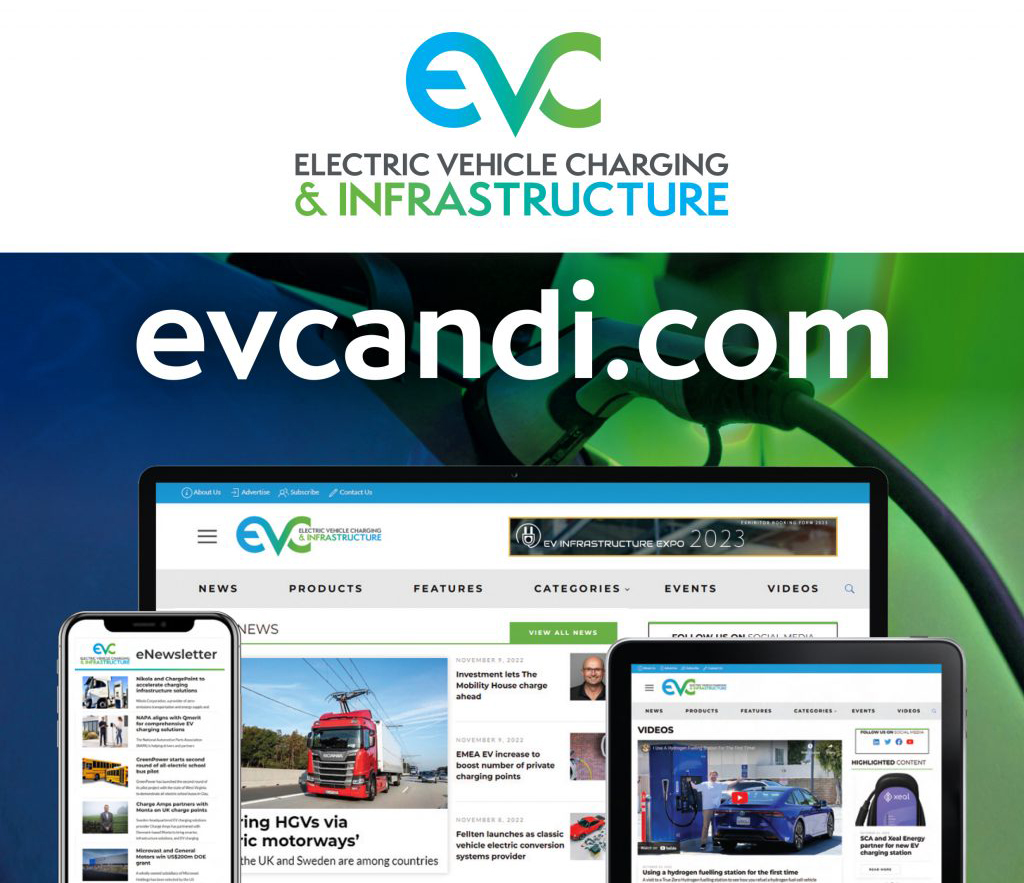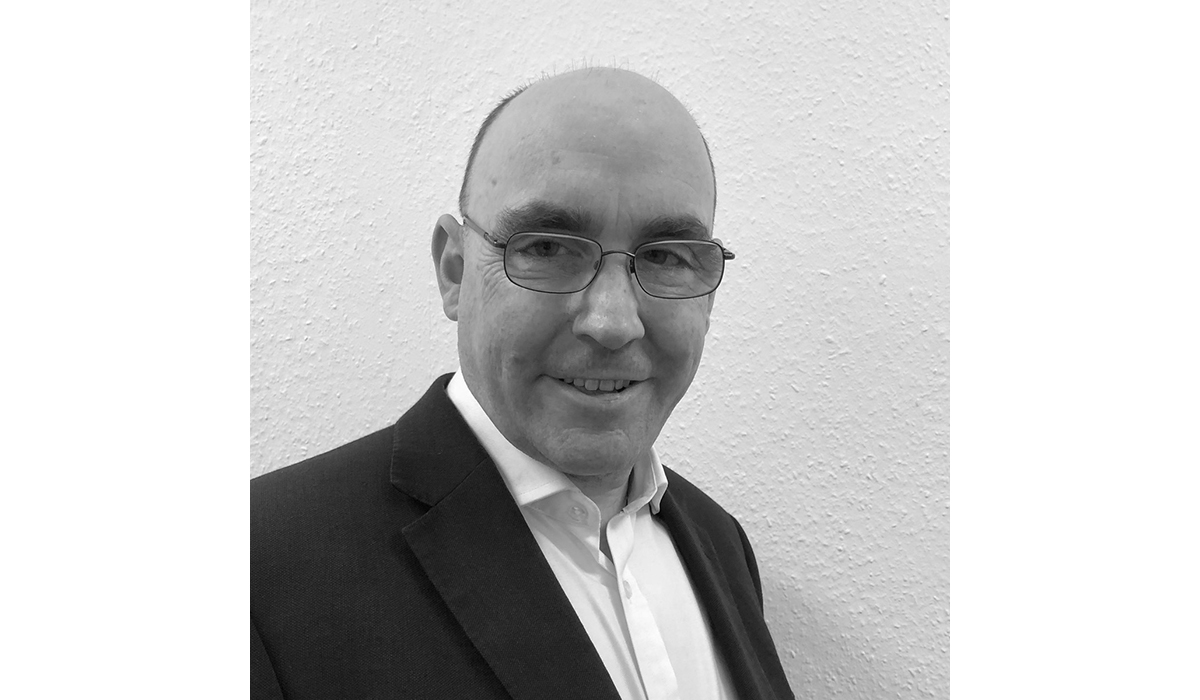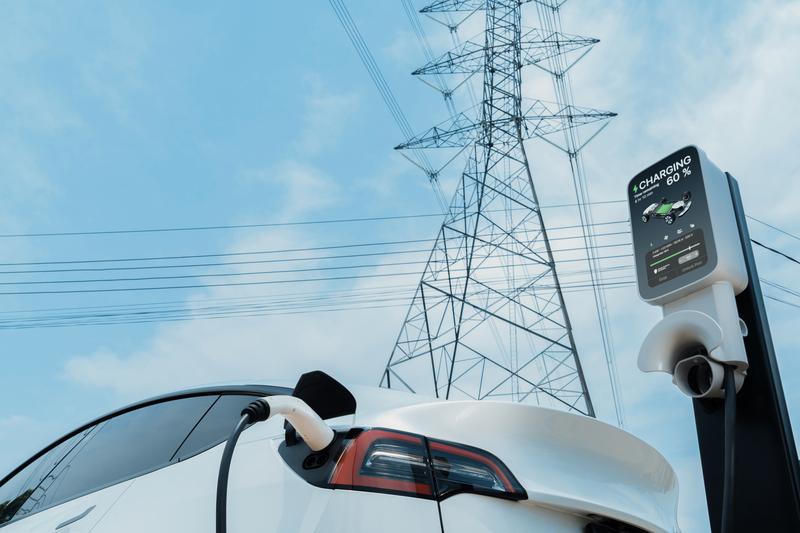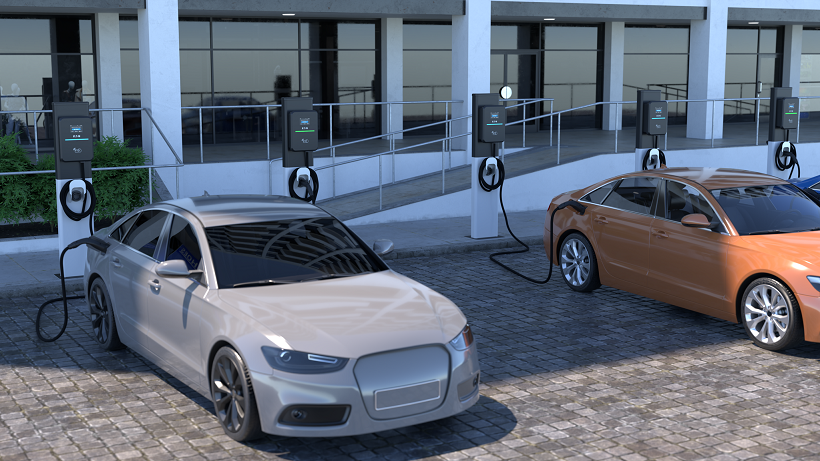
Commenting following the announcement by seven global automakers that they plan to build their own EV charging network, Joe Cappeta, director of energy transition at Eaton, said: “Only a minority of current EV owners think there’s an adequate public charging network.
“Investments by automakers and policy incentives advancing public charging infrastructure will help address range anxiety and fast-track adoption.”
Cappeta based his statements on an “eMobility” report, which documents the public’s EV anxieties. The report was recently released by Eaton and has renewed relevance given the automakers’ announcement.
You can read the report in its entirety here.
“Access to convenient, affordable and reliable charging infrastructure is a must, and investments in EV charging infrastructure will help accelerate EV adoption,” Cappeta said. “Most respondents believed that existing charging infrastructure was insufficient for their charging needs.”
Eaton’s role
Eaton is involved in many facets of the EV industry.
“At Eaton, we have a unique ability to help electrify transportation and accelerate adoption with intelligent power management solutions enabling the charging infrastructure and the vehicles,” Cappeta said. “On the electrical side, our solutions are essential to infrastructure everywhere – homes, buildings, data centers, healthcare, the electric grid and more; and we’re delivering breakout capabilities in EV hardware and software enabling infrastructure that’s scalable and built to last.”
Accelerating EV adoption is instrumental to achieving sustainability objectives, Cappeta said.
“Now and in the future, there is an enormous opportunity to manage power far more effectively, taking advantage of the levers available with the energy transition including integrating renewables and energy storage,” he said. “At Eaton, we’re helping effectively manage building energy production and consumption, breaking traditional boundaries of what electrical systems can do and enabling far more flexibility in how and when electricity is used.”


